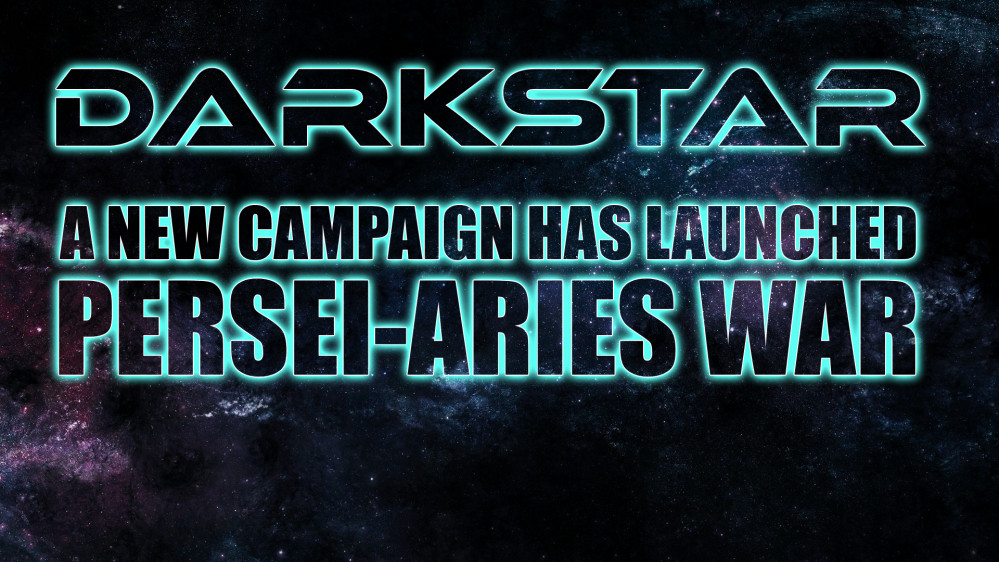
Persei-Aries War Resumes
New Indian Heavy Cruiser, Battleship, Upgraded US Destroyer
There have been some major updates to the Third Hercules War … in fact some parts of it may be over. So I have some serious updates to make here. I’ll be catching up over the next day or so, but for now …
Here are new Indian Republic Navy warships – heavy duty classes they’ve never had before – a battleship and a heavy cruiser. It’s time for them to step up and really start carrying more of their share in this war, and they’ll need the ships to do it.
Valcour Class Destroyer (FRAM-I Upgrade) United States Navy
The Valcour class destroyers of the United States Navy (covered earlier in this reference) entered service in 2498 and were named for small engagements of the American Revolution. Although never remarkable, the class was considered by many naval experts as some of most solid and reliable all-around destroyers in Known Space. The class was also made famous by the exploits of some of its more veteran ships (notably, USS Oriskany), and by the design’s modular construction – making it easy to repair and upgrade – even at modest orbital facilities far from major naval support infrastructure.
In the early 2520s, the US Navy decided to initiate the “FRAM-I” program (Fleet Refit and Modernization, Phase One), starting with the workhorse units of the Valcour class. Again, the design was well-known for its ease of modular replacement, repair, and upgrade, so these ships seemed a natural choice for a stem-to-stern rebuild. If FRAM-I worked with these select warships, the Navy could then decide whether to expand the program to the rest of the fleet.
Four Valcour class destroyers were chosen for this experiment. The first was USS Oriskany, most famous of the class. Veteran of the 19 Draconis, IK Pegasi, Andromeda Arc, Xi Scorpio, Scorpion’s Tail, and Third Hercules Wars, she stood as arguably one of the most celebrated warships in the 26th Century Navy. These upgrades were undertaken from 2521-2522 at Port Halsey in the Vega (Alpha Lyra) system, starting with a complete rebuild of the power plant. New General Electric “StarCore 5600-A” reactors and Todd Shipbuilding “Quasar Mk 21.1” ion drives produce at least 10% more power than the old Mk 16s at the same weight and crew complement. While this might not sound like much of an improvement, because most ship’s systems remain the same (maneuvering, SLD, transluminal drive, life support), it almost doubles the amount of power available to tactical systems.
While hardly a “quantum leap,” the Valcour FRAM-I refit shows undeniable expansion of protection, fire control, and weapons. Electronic countermeasures and gravitic shielding are increased along all aft quarters, providing up to 25% additional protection over engines and reactors at typical engagement ranges. For point-defense, the old 40mm and 20mm chain mass drivers have been replaced with newer, faster-firing 25mm rotary “Bushmaster” mounts. These provide a slight increase in mass driver protection, while actually as a significant savings in mass and power draw.
While the main battery of 5-gigawatt rail guns (three double turrets) remain in place, along with the two triple-tube arrays of the Mark 48 gravitic torpedo, all weapons are guided by the new Hughes / General Dynamics SPQ-1010 sensor suite, providing significant improvement in accuracy of fire control and suppression of enemy electronic warfare.
Perhaps the most noticeable external change is the removal of the 6-megakelvin laser emitters foreward and aft. These have been replaced by new McDonnell-Douglas X-Star 221 gravitic-lensed x-ray emitters. Burning well in to the 75-exohertz frequency range at over 10 gw of power, they can hit like some cruiser-sized guns under the right conditions.
The Oriskany had something of a difficult refit, as she was the first ship to undergo the process and the ship had already been heavily modified and upgraded by her crew. When she finally emerged from pressure dock in early 2522, however, she was probably one of the most formidable single destroyers in Known Space. Quick to follow were her sisterships USS Valcour, Ranger, and Kaskaskia.
Only time will tell whether the FRAM-I experiment is considered a success. Just undertaking the refit has shown to cost the US Navy almost the equivalent of new Shepard class frigate, and combined with the original expense of the ship, a FRAM-I Valcour represents a cost equal to some light cruisers. But after twenty years of service, at least the US Navy is getting twenty more years of service out of these celebrated “tin cans.” If the next twenty years prove as successful as the last, the investment will prove worth every penny.
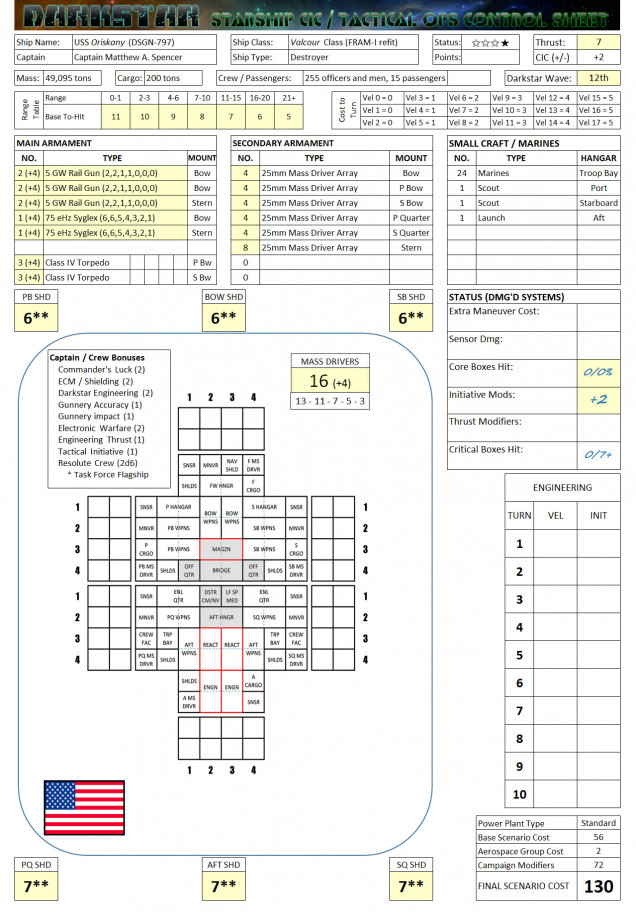 Here's the USS Oriskany, with her FRAM-I upgrades combined with her campaign upgrades. In game / campaign terms, I simply promoted Captain Matthew Spencer into a FRAM-I destroyer instead of a light cruiser, and paid the appropriate campaign points.
Here's the USS Oriskany, with her FRAM-I upgrades combined with her campaign upgrades. In game / campaign terms, I simply promoted Captain Matthew Spencer into a FRAM-I destroyer instead of a light cruiser, and paid the appropriate campaign points.Maharani Class Heavy Cruiser - Indian Republic Navy
The Maharani class heavy cruiser continues the Indian Republic Navy’s traditions of advanced design, startling beauty, and a long-ranged, highly-accurate focused beam weapons suite. Originally slated for construction in 2505, the class had something of a troubled inception, as designs were altered repeatedly to incorporate the new “Bhala Saat” GX-7 x-ray emitters. These were meant to replace the traditional heavy laser batteries at the core of the original design, which were proving troublesome with the Maharani’s powerplant. Also, there were doubts about the original laser armament’s ability to cope with larger enemy warships like battleships or other heavy cruisers. Unfortunately, switching to the new “syglex” (synchronized, gravitic-lensed x-ray) technology mid-design forced significant delays with the commissioning of the first ships of the class, during which time older Magadha and smaller Sharada class cruisers had to carry the Indian Republic Navy.
Once the Maharanis finally started coming on-line, however, they made an immediate impact against Russian, Japanese, Arab League, and Panasian opponents in a series of incidents, skirmishes, and small wars across Known Space. They are light for heavy cruisers, less than 127,000 tons, but the immense power draws of their beam-based weapons suite mean their acceleration curves and maneuver envelope remain comparable to other classes of heavy cruiser. The weapons are long ranged and deadly-accurate, but some analysts feel that the lack of particle weapons, rail guns, or torpedoes make the Maharani class something of a lightweight against cruisers like the Slava, Leopold, Iron Duke, or Gettysburg class. Critics also point to the mixed batteries of 75-exohertz x-ray emitters and 8-megakelvin lasers, an indecisive design choice and proof that the Indian Navy still can’t fully break with its traditional laser-based weapons arrays. As one American analyst said: “She’s pretty, precise, and accurate … but wants to fight with scalpels against opponents arms with chainsaws.”
Yet early combat experience shows that what the Maharani class lacks in “chainsaws,” she makes up for with blowtorches. Those syglex emitters out-punch the heavier rail guns of many rival classes of heavy cruiser, even if they come at the cost of a smaller secondary battery and a complete lack of torpedoes. Typically, a Maharani commander will try to engage larger targets with the syglex emitters, reserving the secondary lasers for smaller warships or to drill into enemy armor already damaged by the syglex emitters, all while staying at range to avoid close-range threats like rail guns or plasma accelerators.
The Maharani class heavy cruisers are named for queens and princesses of Indian nobility during the colonial Raj, terrestrial republic, and interstellar periods.
Kali Class Battleship - Indian Republic Navy
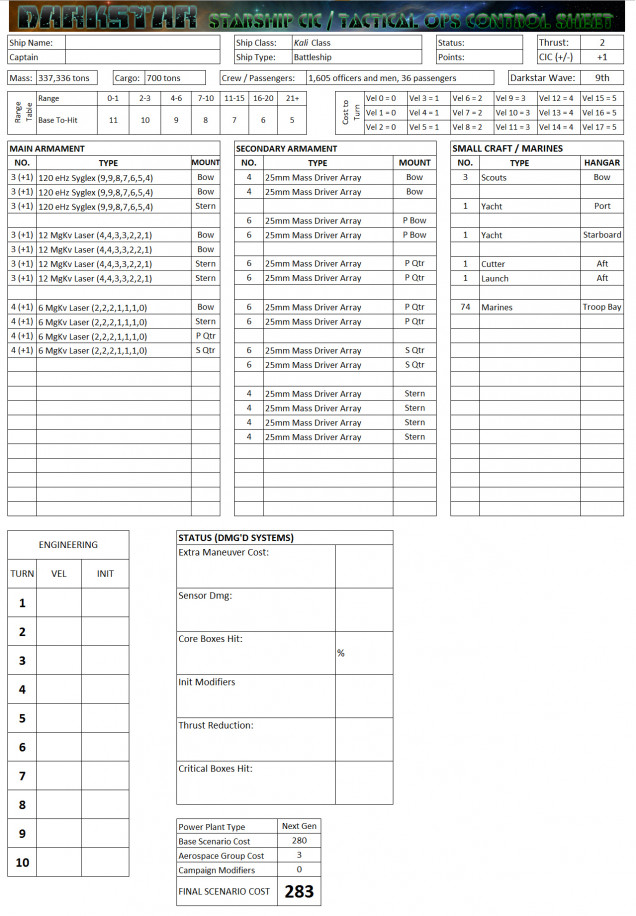 Like many battleships, the Kali class is as much a national statement as a naval warship. Named for some of the greatest Hindu deities, these dreadnaughts are huge, sleek, deadly, and as is typical for ships of the Indian Republic, peculiarly beautiful. Yet beyond their role as “simple” naval assets, the Kali class battleship also proclaims a simple immutable truth. India is no longer anyone’s “raj”, no longer a vassal state, no longer a jewel in anyone’s imperial crown. Her navy stands as an equal not only to any of the new “black water” navies like the Arab League, Imperial Prussia, the Holy Russian Empire, or the New Roman Alliance, but also the traditional maritime powerhouses like the United States, Japan, or the United Kingdom. Tipping the scales at just under 340,000 tons, the Kali class is actually quite light for a battleship. This is typical for the Indian Navy, given their exclusive preference for focus-beam weapons suites rather than “crude” weapons like rail guns, plasma accelerators, or particle weapons. These weapons draw tremendous power, however, leaving the Kali with average sublight maneuverability and transluminal speeds. Protection is also somewhat standard, with enhanced shielding only directly over the huge Mazagon Dock Shipbuilders MDT-19 “Taaron-Ka” (Starlight) engines and reactors. Point-defense systems are also solid, if average for a warships of this size.
Like many battleships, the Kali class is as much a national statement as a naval warship. Named for some of the greatest Hindu deities, these dreadnaughts are huge, sleek, deadly, and as is typical for ships of the Indian Republic, peculiarly beautiful. Yet beyond their role as “simple” naval assets, the Kali class battleship also proclaims a simple immutable truth. India is no longer anyone’s “raj”, no longer a vassal state, no longer a jewel in anyone’s imperial crown. Her navy stands as an equal not only to any of the new “black water” navies like the Arab League, Imperial Prussia, the Holy Russian Empire, or the New Roman Alliance, but also the traditional maritime powerhouses like the United States, Japan, or the United Kingdom. Tipping the scales at just under 340,000 tons, the Kali class is actually quite light for a battleship. This is typical for the Indian Navy, given their exclusive preference for focus-beam weapons suites rather than “crude” weapons like rail guns, plasma accelerators, or particle weapons. These weapons draw tremendous power, however, leaving the Kali with average sublight maneuverability and transluminal speeds. Protection is also somewhat standard, with enhanced shielding only directly over the huge Mazagon Dock Shipbuilders MDT-19 “Taaron-Ka” (Starlight) engines and reactors. Point-defense systems are also solid, if average for a warships of this size.Like many battleships, the Kali class is as much a national statement as a naval warship. Named for some of the greatest Hindu deities, these dreadnaughts are huge, sleek, deadly, and as is typical for ships of the Indian Republic, peculiarly beautiful. Yet beyond their role as “simple” naval assets, the Kali class battleship also proclaims a simple immutable truth. India is no longer anyone’s “raj”, no longer a vassal state, no longer a jewel in anyone’s imperial crown. Her navy stands as an equal not only to any of the new “black water” navies like the Arab League, Imperial Prussia, the Holy Russian Empire, or the New Roman Alliance, but also the traditional maritime powerhouses like the United States, Japan, or the United Kingdom.
Tipping the scales at just under 340,000 tons, the Kali class is actually quite light for a battleship. This is typical for the Indian Navy, given their exclusive preference for focus-beam weapons suites rather than “crude” weapons like rail guns, plasma accelerators, or particle weapons. These weapons draw tremendous power, however, leaving the Kali with average sublight maneuverability and transluminal speeds. Protection is also somewhat standard, with enhanced shielding only directly over the huge Mazagon Dock Shipbuilders MDT-19 “Taaron-Ka” (Starlight) engines and reactors. Point-defense systems are also solid, if average for a warships of this size.
Where the Kali excels, however, is in her lethality. One of the more dangerous battleship designs in Known Space, she pack a horrific, three-tiered array of long-ranged beam weapons. First, three massive triple turrets of gravitically-lensed coherent x-ray (“syglex” or “xaser”) emitters can strip the armor off an entire enemy battleship or installation at ranges out to 3000 kilometers with single broadside, at closer ranges with one or two hits. Yet these weapons are actually unwieldy against smaller targets, where the massive secondary battery 12-megakelvin lasers (some of the largest such weapons in Known Space) and the tertiary batteries of 6-megakelvin lasers come in, packing enough firepower to core a light cruiser. At twelve guns each, these secondary and tertiary batteries alone match the firepower of most heavy cruisers at medium ranges. As if these sheer firepower were not enough, this whole weapons suite is slaved to the Bharat Electronics “Tryambakam” (Third Eye) targeting acquisition and fire control suite, making these weapons deadly accurate.
Engagements with a Kali class should be undertaken with extreme care. Most enemy battleships and heavy cruisers would be advised to close as quickly as possible since the Kali will enjoy a range advantage against most comparable weapons batteries. Once close in, many of the Kali’s superior attributes begin to fade against the class’ shortfalls, namely their somewhat underwhelming defense systems.

































![TerrainFest 2024! Build Terrain With OnTableTop & Win A £300 Prize [Extended!]](https://images.beastsofwar.com/2024/10/TerrainFEST-2024-Social-Media-Post-Square-225-127.jpg)







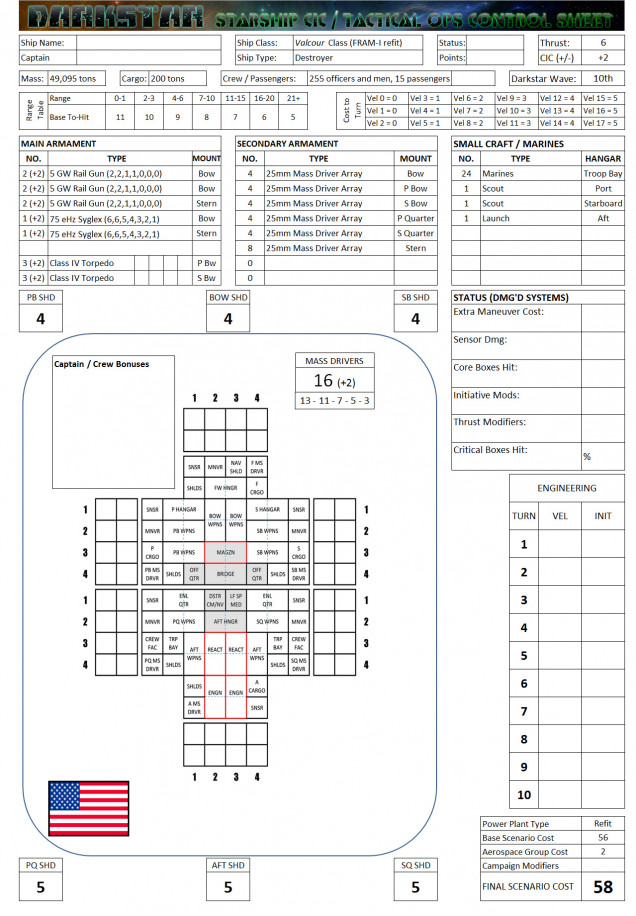
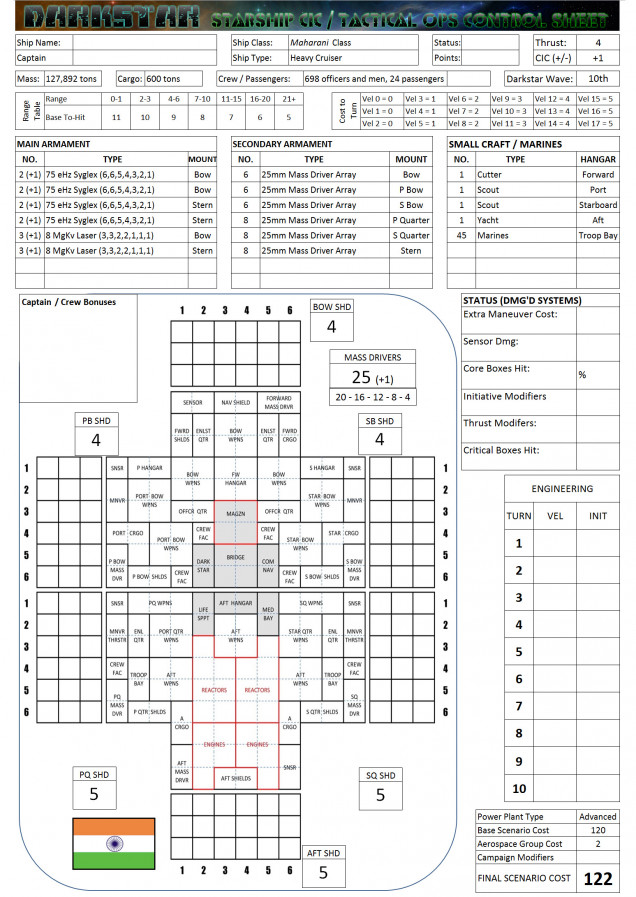
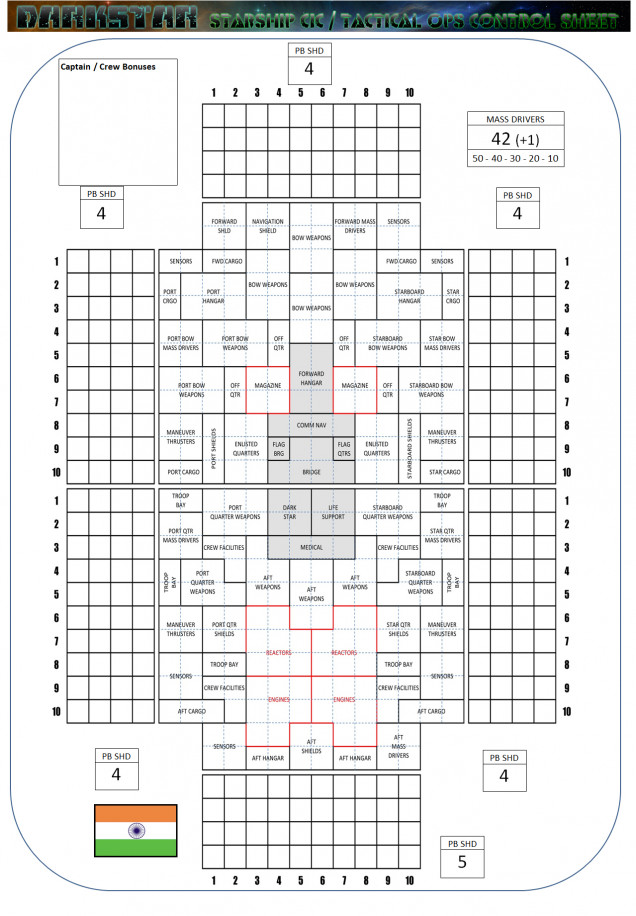



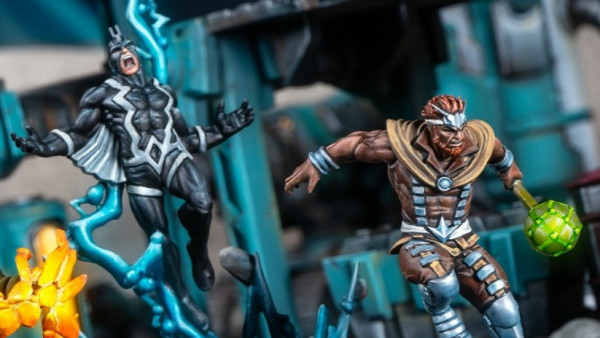


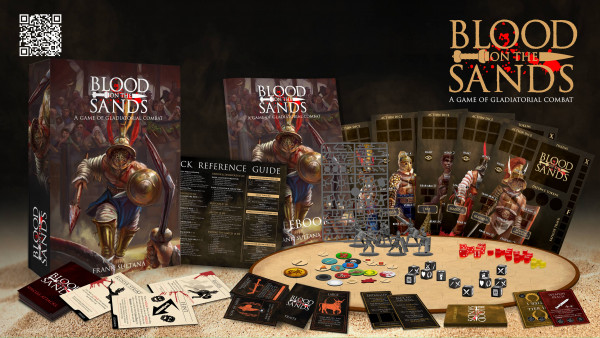







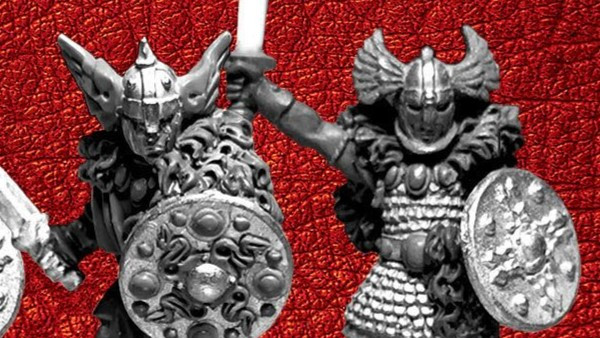
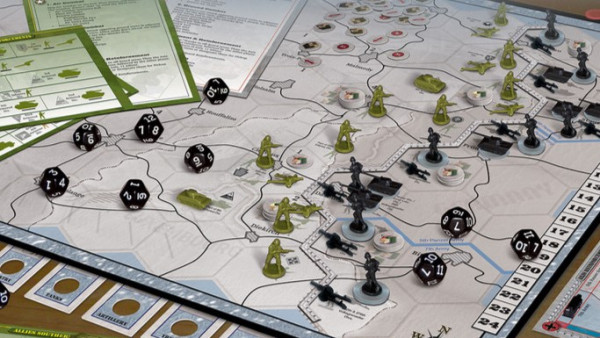

















Very impressive, can’t wait for battle reports.
Thanks very much, @gremlin . I won’t lie, these battle reports take quite a while to put together, at least the graphics for them. The actual writing isn’t so bad, the screen shots are pre-existing … it’s the colored “movement trails” that make it very time consuming. So I might just ditch that one element. Other than that, I have catch-ups from at least 4-5 games from @damon , @muakhah , and I think one from @rasmus (possible @gladesrunner too) as well. I really do have to do this, at least in summary form, because this recent slash of battles… Read more »
Some interesting changes to the Oriskany, I’m sure the crew will enjoy the beefed up fire power.
I like the look of the Indian ships, I’d love to do a battleship throwdown, three or four battleships a side and a bucket of dice, just to see what kind of damage could be done…
That reminds me, @damon, good news for HMS Sheffield. Her 60 eHz x-ray emitters have been upgraded to 75 eHz. These syglex emitters are the least common weapons class in the game. Even those ships that mount them do so as secondary armaments (Taiho class, Falklands class, Quantum class, etc.) When I tried to build a warship with syglex emitters as the PRIMARY weapons class (Maharani class) I found that I could NOT make the math work out. No matter how I tried to work up secondary / tertiary batteries, or fiddled with cargo, marines, passengers, and other small aspects… Read more »
That’s good to hear as Syglex ( along with epc and laser) is one of my favorite weapons. Looking forward to seeing them be more punchy.
Thanks @muakhah – yeah, the weapons are the same, they just cost a lot less power. So your average ship with these weapons can mount MORE of them, or BIGGER emitters. Same general result though, much more punchy. 😀
Jutland in space 😉
I should note, @rasmus – Sendai Byo has also seen an upgrade to her sygrex emitters because of the math update outlined above. However, as Kama and Sendai Byo both have +2 CICs, there’s a “+2 CIC surcharge” to their scenario point cost I’m not sure we’re assessing. So no reduction in combat power, in fact Sendai’s getting a pretty serious upgrade. But those two ships might be slightly more expensive in the future.
Moar dakka? Excellent, moar is always moar!
The 75eHz Syglex is scary at short range, looks even punchier than a plasma of similar size. This is going to be useful for peeling open armour before the lasers poke holes in the vitals.
Thanks, @damon – Yeah, affected classes wound up being the Falklands, the Taiho (good news for @rasmus as well), the Kali class Indian battleship, Tiberius class Roman heavy cruiser, Maharani class Indian heavy cruiser, and Quantum-class Corporate destroyer. Oh, and yeah, the new FRAM-I Valcours. 😀 😀 😀
More firepower, and that on the dagger that is the Taiho 🙂
Correct, @rasmus – I should have put this down here instead of above … but …
Sendai Byo has also seen an upgrade to her syglex emitters because of the math update outlined above. However, as Kama and Sendai Byo both have +2 CICs, there’s a “+2 CIC surcharge” to their scenario point cost I’m not sure we’re assessing. So no reduction in combat power, in fact Sendai’s getting a pretty serious upgrade. But those two ships might be slightly more expensive in the future.
Looking good! Hoping to get more games in the future if time permits. Hope everyone is staying well and thinking space thoughts!
Thanks, @muakhah ! Yes, Sitrep is on a summer break, I guess, so more time for sci-fi wargaming. 😀
What time of day or work is good for you?
I’m 13 hours behind you. So most mornings for you are good evenings for me? Or vice versa on the weekends?
At the moment my weekends are busy with classes. If you could do your evening Sunday through to Thursday my morning Monday to Friday that would help me a lot. Hope it doesn’t put too much pressure on your work and other commitments.
@muakhah – Evening hours for me starting at around 6:30 PM (I think that’s 7:30 AM your time) or later would work for smaller battles.
If you are willing to do a game at that time then so am I! Darkstar is one of the few things in life I’m willing to wake early for!
@muakhah – cool. If you want to game some time Mon – Thurs at 8:00 PM my time, 8:00 AM your time …
If that works let’s pick a day and set up an appointment.
If we can do Your Thursday Evening my Friday Morning this coming week that would be great for me. Hopefully not too bad for you too!
Okay, @muakhah … Thursday 8:00 PM MY time, Friday 8:00 AM your time, via SKYPE. I’ll set up a small skirmish for your 220-point league force. 😀
You won your last battle, you get to pick where the next battle takes place, and whether it is a raid or an assault.
I sent you a long and waffle filled email.
In short, if the British are ready to push on the Russians then an assault on their Main holding.
If the Brits need more time to defend/gather forces then a raid on Russia’s main stuff.
Now I Just need to find my Darkstar Captain hat.
OK so I guess the Oriskany is impervious to mortal weapons now huh? 🙂
Hardly @gladesrunner . Ole “Lady O” has had the hell kicked out of her a lot lately. I keep putting her up against heavy cruisers three times her weight. Then again, at her point cost, she HAS to go up against heavy cruisers. 🙁 🙁 🙁
@gladesrunner It may be my fault a bit for the upgrades. I have given ‘Lady O’ a really hard time in the last couple of games, especially the last time. I leveraged the hell out of the situation Jim got into, have to admit I may have been a bit merciless, but I could have done a really ‘bad thing’. You would doubtless have heard about it if I did…
No worries at all, @damon. That’s the danger of hyper-upgrading one’s ship, the point cost demands that you’re up against more powerful enemy forces. If I was up against destroyers in my own weight class, I’d be fighting them three at a time (USS Oriskany actually does better in those engagements). This was just me trying to find a way to promote Captain Matthew Spencer out of a destroyer … while keeping the original USS Oriskany. Basically created a a new sub class, “super destroyer.” This is what he got instead of a light cruiser for his 6 campaign points.… Read more »